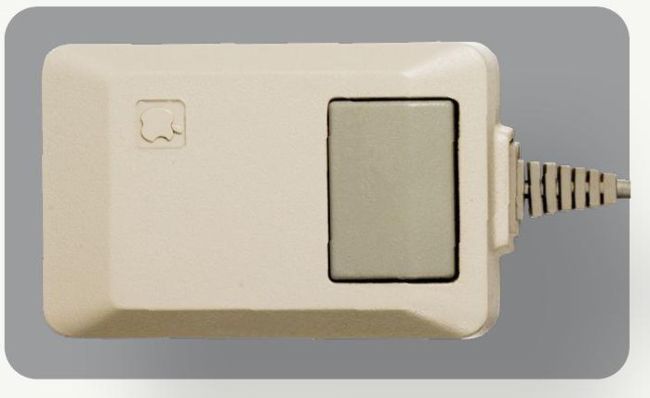Evolution of the Apple Mouse
The first Apple Mouse was iconic. The latest has become memeable. But how has the Apple Mouse evolved and where could it be heading?
Written by David Crookes
E
veryone loves to diss the Apple Magic Mouse, especially its controversially placed charging port. But while it’s true Apple has made some mistakes, it’s fair to say the computing landscape may well be much poorer had it not got involved in pointing device production more than 40 years ago.
For while Apple didn’t invent the mouse – that accolade goes to Stanford Research Institute engineer Douglas Engelbart – the company went a long way towards popularising it. It also made computers feel simpler to use and more approachable, but where does it go next?
To answer that, we need to rewind to January 1983 when the Lisa desktop computer launched along with Apple’s very first mouse. Inspired by the Xerox Alto – the first machine to use a graphical operating system – the Lisa brought an easily navigable graphical user interface (GUI) to an Apple computer. And Apple’s co-founder Steve Jobs, who had seen a three-button mouse while watching a demonstration of the Alto, believed this new pointing device was essential.

The 1984 Macintosh Mouse aped the design of the Lisa Mouse and featured a rubber-covered ball.
To that end, Bill Lapson was given the job of coordinating Apple’s own mouse project and William Dresselhaus, one of Apple’s first product designers, was tasked with directing the device’s styling. Apple also hired a young industrial design company called Hovey-Kelley Design (HKD), co-founded by Dean Hovey and David Kelley. And Jobs made a key, early design decision…
“Steve Jobs was adamant that a mouse would only have one button since two would be ergonomically difficult for some people,” Dresselhaus told MacFormat.
“So the Apple Lisa 1 mouse had only one button albeit a relatively small one.”
To ensure uniformity, all aspects of the Lisa – the computer, keyboard and mouse – adopted a similar-looking form. “Myself and Douglas Dayton from HKD worked together on the outside industrial design of the mouse and I finally drove its enclosure form to imitate the Lisa 1’s keyboard form,” Dresselhaus says.